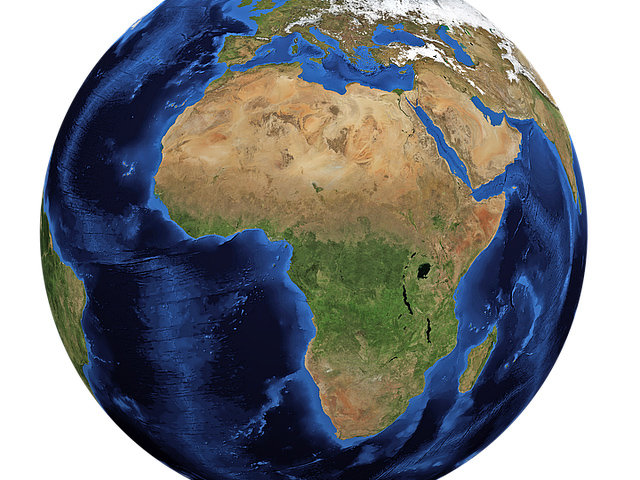The urbanisation of Africa is currently taking place at the same breakneck pace as that of China in recent decades. This is happening with the help of China and according to Chinese urbanisation principles, concludes architect Daan Roggeveen. The TU Delft alumnus published a journal and a book on the subject.
China is currently building a 1600-hectare free-trade area in Lagos (Nigeria), including a port, an airport and hotels. Also part of the plans is a city for twenty thousand workers who will be producing Chinese products there for the huge African market. ‘And all this has been planned and designed here at Tongji university, resulting in a Chinese urban model being exported to Africa,’ explains Roggeveen over the phone from Shanghai where he lives and has his own architectural firm (More Architecture).
Two years ago, he and journalist Michiel Hulshof (Tertium) described the unbridled growth of Chinese cities in their book ‘How the City Moved to Mr. Sun’. The scale of this growth is unprecedented and often displays innovative features. Apart from the billions of square metres of monotonous urban expansion districts, China is also experimenting with gated communities and multifunctional high-density infill development in order to satisfy the new, demanding middle classes. And these typologies are now also surfacing in Africa.
Roggeveen (who majored in Architecture and Real Estate at the Faculty of Architecture and the Built Environment) and Hulshof are currently busy travelling to various fast-growing African cities. But on 19 June they will be presenting their initial research results as the Go West Project in Amsterdam. As guest editors of the journal ‘Urban China’, they compiled a 150-page document on the impact of China on African urbanisation. The plan is for the research to result in a book to be published in 2015.
What they find particularly striking in Africa is that the impact and implementation of the Chinese urban concepts varies among the different African countries. This is primarily due to the extremely diverse socio-economic conditions. It is also noticeable that Chinese companies are providing more and more added value. Roads, waterways, railways and residential areas were initially constructed by Chinese workers; nowadays, the Chinese are primarily involved as project developers and contractors, whereas the manual labour is carried out by the local workforce. Now the final step is that Chinese investors are providing the financing.
Special economic – tax-free – zones play a major role in the Chinese strategy. The People's Republic has now set up six such zones spread across Africa. Here, local workers manufacture Chinese export products. Do the Chinese simply descend on here, out of nowhere? Roggeveen: ‘No, from a political perspective, the Chinese have been working intensively on diplomatic relations in Africa since the early 1950s. And trade and politics go hand in hand in this regard.’ Development aid is also closely linked with business interests. Loans or donations for the construction of large-scale infrastructure and buildings are granted on the precondition that Chinese companies will be the ones to build them. And Chinese urban planners and architects also benefit from this. Does this mean that African towns and cities will look more and more Chinese? ‘Absolutely. You can see the typically Chinese heavily populated districts, but also large-scale gated communities in Nairobi, for example.’
Globally speaking, a colossal development such as Kilamba New City (500,000 inhabitants), which the China International Trust and Investment Corporation is erecting in Angola, can only really be compared with urban-development operations in the People's Republic in terms of scale. At the same time, you can't say that China is leaving its stamp all over Africa, right, left and centre. Roggeveen: ‘The Chinese might be changing the world, but in a way that is much more varied and unpredictable than we see in China. There is enough research material to be getting on with for the time being.’
